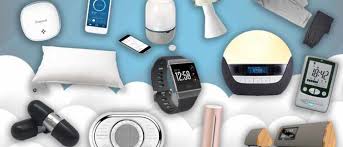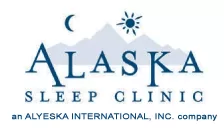
Responsive Surface Technology
Using traditional mattresses, it’s only a matter of time before one side starts sagging under the constant pressure of your favorite sleeping position. Not so with a new generation of smart mattresses.
Using a sophisticated grid of sensors known as responsive surface technology, this new mattress class can adjust the amount of support provided throughout the night to meet the body’s needs. The mattresses sense where a person’s weight is distributed and increase or decrease the bed’s firmness accordingly.
One example of this technology is the ReST Bed™, which combines state-of-the-art sensors with silent air pumps that inflate or deflate the mattress. Users can choose between an autonomous mode where the sensors trigger adjustments based on their own data or create customized settings that activate when the user chooses a certain sleeping position.
Another brand, Sleep Number 360®, also uses sensors to identify sleeping positions and adjust pressure for the optimal amount of support. If you and your partner frequently spar over the right sleep temperature, this bed solves everything with the ability to pre-warm each side to desired temps before climbing in for the night.
Body Data Synthesizers
A growing number of tech devices measure a person’s basic health markers—heart rate, breaths per minute, body movement—during sleep to provide feedback on how to optimize sleep quality and quantity. The gadgets are constructed to either rest beneath or next to the person in bed and can be connected with phone apps so users can keep track of their nightly information.
Sleep Environment Modification
The ability for inanimate objects in the bedroom to interconnect and make sleep-enhancing adjustments is a relatively new area of sleep technology. These devices gather data about the sleeper, then modify the environment accordingly. For instance, some mattress pads can now sense when a person lies down, and are connected in such a way that they can dim the room’s lights and lower the temperature, two ways to help people fall and stay asleep.,
Over the course of several nights, this smart technology begins to learn the patterns of a person’s sleep schedule, and will gradually light and heat the room at the time the person wakes up.
Although this technology is new and ever improving, a number of companies have taken the plunge into it. One good option comes in the form of NokiaSleep from Nokia. Another pioneer in this field is the Chinese company Sleepace.
Another way to modify the bedroom environment: Sleep and Wake-Up Lights from global electronics brand Philips mimic the sunset and sunrise with their changing spectrum of light. (The Wake-Up Light transitions from a soft red to warm orange to bright yellow.) The lights can be pre-programmed to sync with your preferred schedule.
Wearable Devices
One of the most exciting developments in this field also comes from Philips, which has created an innovative consumer medical device that can determine which phase of the sleep cycle a person is in and use audio “pulses” to encourage more shallow or deep sleep. Called SmartSleep, this wearable headband also connects with an app that records sleep metrics to further aid in sleep enhancement.
Of course, there are also the more conservative, tried-and-tested technologies that support better sleep. “Smart” thermostats such as Google’s Nest connect with an app on the phone, allowing room temperatures to be customized based on time of day, and whether or not a room is occupied. And an increasing number of athletic apparel companies are producing recovery sleepwear—garments that use varying degrees of compression and are intended to help muscles repair and recover from a tough workout overnight.
Don’t ever miss out on the latest news and developments in the world of sleep with Alaska Sleep Clinic’s daily blogs. Last year alone, over 5 million people Worldwide came to our website for answers to their sleep problems. Sign up right here:













